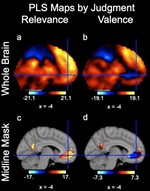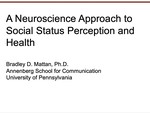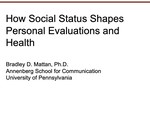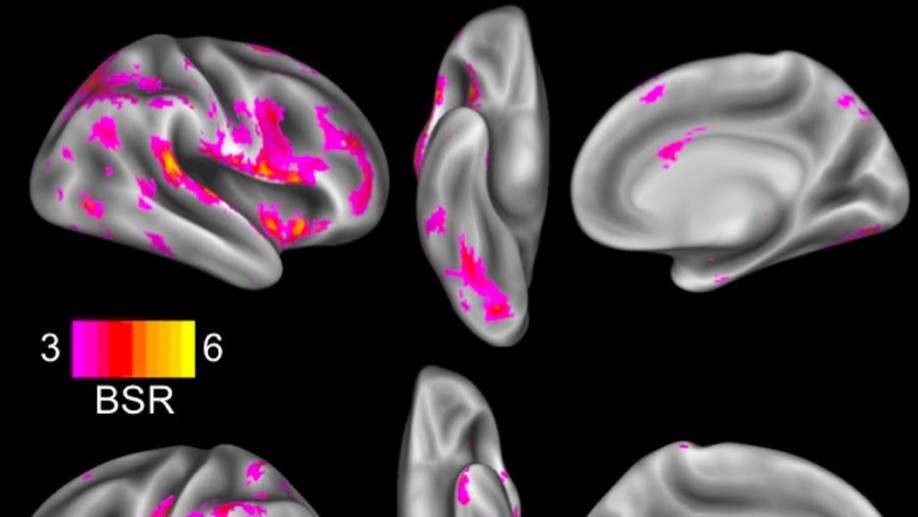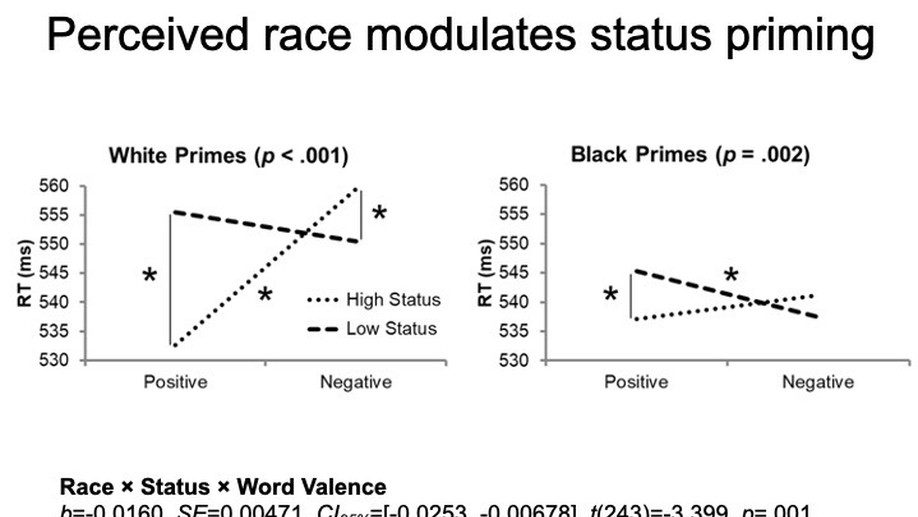Biography
I am interested in understanding the links between social hierarchy, person perception, and health disparities. I have two main lines of research. With my collaborators at the University of Delaware, I use fMRI, TMS, and implicit/self-report methods to study how people perceive social status and how this, in turn, shapes the way they evaluate and pay attention to others. As a postdoctoral researcher in the Communication Neuroscience Lab at the University of Pennsylvania, I am using geolocation tracking and fMRI to studying how exposure to economic inequality shapes smoking behavior, with a focus on mechanisms such as stress and exposure to point-of-sale advertising/promotions.
Interests
- Social Neuroscience
- Social Hierarchy
- Person Perception
- Health Disparities
- Health Messaging
Education
-
Ph.D. in Psychology, 2016
University of Birmingham
-
M.A. in Social Sciences, 2012
University of Chicago
-
B.A. in Psychology and Philosophy, 2008
University of Notre Dame
